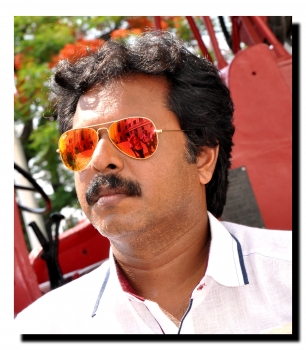
Indian is known for its wide range of artistic creativity and elegance among every art aficionado, collector, enthusiast and student.
With a far-flung inheritance of rich cultural roots, India has been the origin of exclusive artworks for centuries.
Even the western world is astounded by the art and craft mastery that artists have accomplished.
For the same reason, numerous art lovers across the globe leave no chance to visit art galleries and exhibitions.
Maybe you are also enthusiastic about giving a visit to the Indian art gallery! But before you do that, keep reading.
This article will give you a glimpse of the world of Indian art. Let’s start:
Prehistoric Times
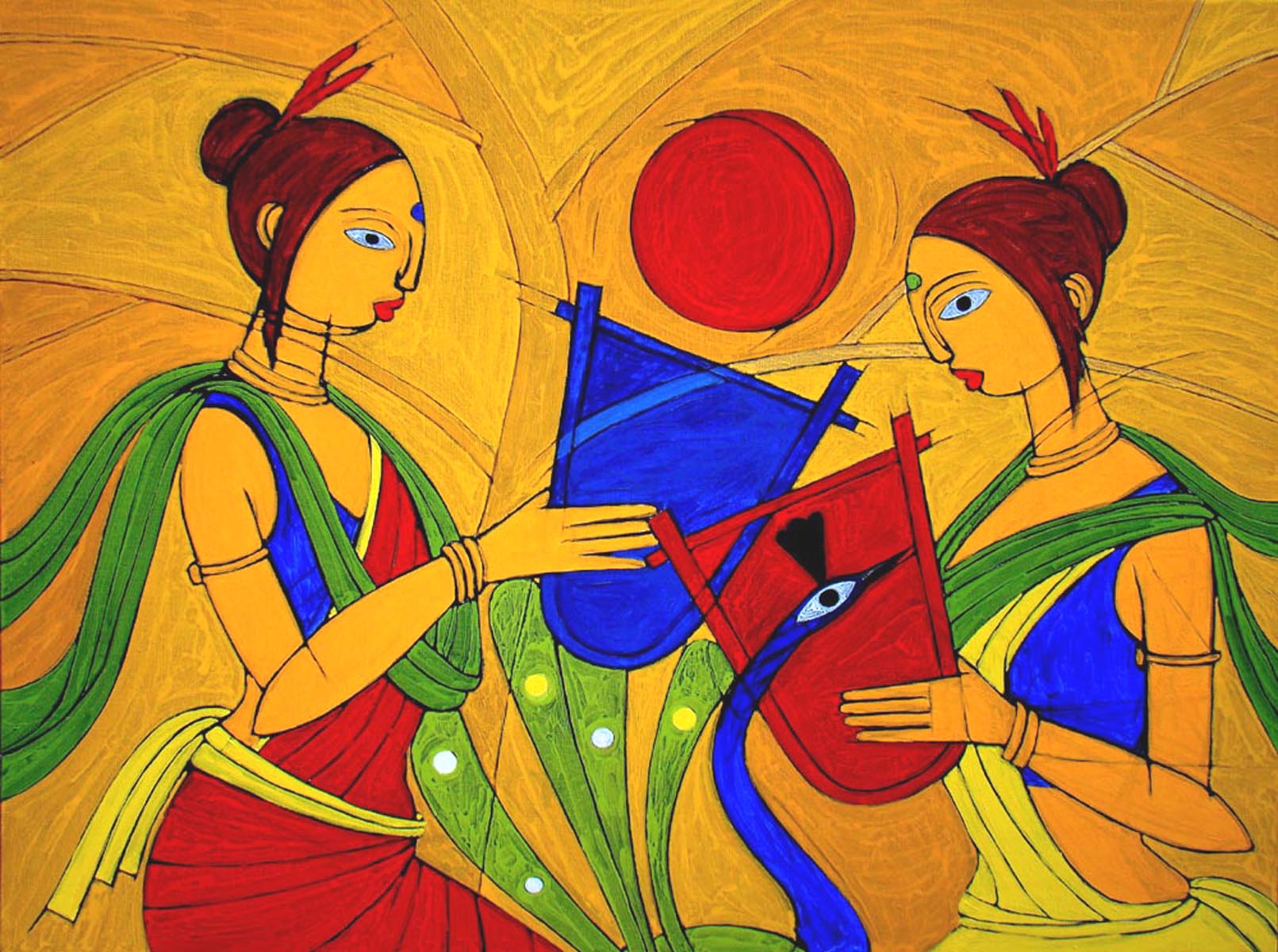
As per history and records, the Indian art found its origin sometime around 550BCE with the dawn of Indus Valley civilization.
In the ancient times, there was a trend of carving gigantic paintings on caves, walls and ceilings of the houses.
These artworks are termed as murals. Artisans of those times ensure to utilize elementary tools such as twigs, wooden sticks, bones and leaves. In addition, the artists used natural pigments and blood as colors.
The source of inspiration for prehistoric murals was the day to day life routines of early men. Therefore, the artists capture the activities such as hunting parties, animals grazing, human stick figures dancing etc. in their paintings.
For live visualisation, a visit to Bhimbhetka caves in Madhya Pradesh would offer you a clear picture of the prehistoric Indian murals.
Types of Indian Paintings
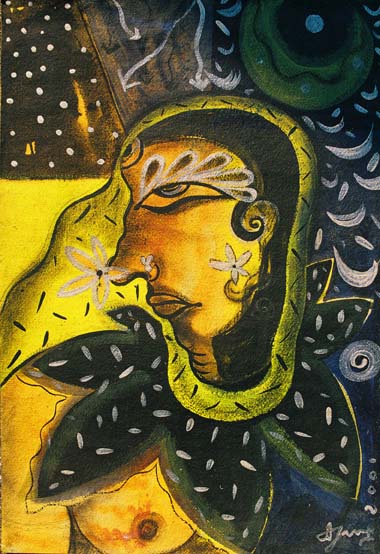
The categorization of paintings crafted in India is done in two kinds; Murals and Miniatures.
Murals are the paintings that are humungous in size are brushed on a much bigger surface.
The other ones, Miniatures, are relatively quite small in size. The artists craft these miniatures on canvas, blank papers and dead animal skin.
Miniatures that are found in India belong to varied kinds and patterns depending on which area they belong to.
From centuries, Indian miniatures find their usage in several cultural events, religious affairs, and lavish lifestyles.
Indian Art and Dynasties
The Gupta Dynasty was the first to boost the art in India despite religious differences.
Although artists of that era used to carve paintings based on diverse themes, a majority of artworks that still exist belong to the religious subject.
The art to carve paintings on stones got popularity that can be seen in the Dashavatara Temple of Deogarh.
In addition to this, Buddhism also has an era of domination with respect to Indian art.
To witness the splendid works of Buddhist art, you can always visit the temples of Ajanta and Ellora that give a glimpse of ancient Indian paintings.
Another era that pushed art prominence in India was the time when Mughals ruled. During that time, the art was a beautiful amalgamation of Islamic, Hindu and Christian style.
You can always look at some of the exquisite example of Mughal paintings and architecture in Delhi, Agra, and so on.
Along with this, India added the influence of western culture & art to its rich inheritance by taking inspiration.
Bengal of all the Indian state was the first one to get an inspiration from the western art style.
Although with the consistent effort of Abanindranath Tagore, the art was saved from the British influence.
In the 20th century, the earlier decades witnessed a patriotic approach of artists who ensure to engulf their imagination and creativity with the feeling of accomplishing independence.
Post-Independence Era
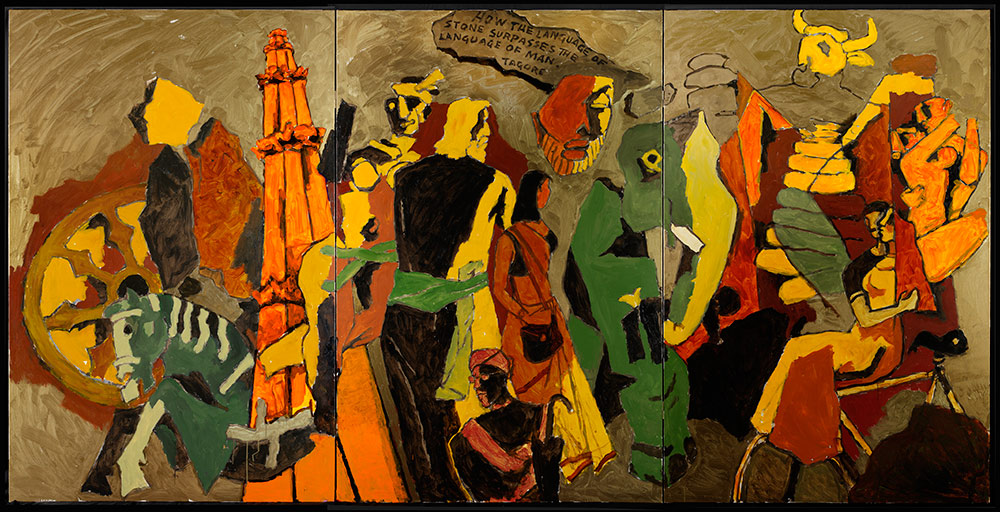
With the end of colonisation in India, a progressive artist group was made in the year 1948, which was later on dissolved in the year 1956 only.
After this time till present, India has been the origin of some great painters such as Amrita Shergil, Ravi Varma, Tyeb Mehta and M.F.Husain. These were the artists who became the flag bearers of Indian art in the global market.
Art experts in the west started taking these artists quite more seriously when their expensive Indian paintings were sold for millions of dollars in online auctions.
Even the Indian Government has awarded these artists with the honourable awards for their contribution to art and society.
Read More: The Legacy of Indian Art Forms
Stats & Facts Related to Indian Art
Mentioned below are the interesting aspects related to art sector of India:
- Inflation has never been able to put any impact on art industry in India.
- People have started investing heavily in expensive Indian paintings in India.
- The art galleries (brick & mortar and online) are flourishing in a much enhanced-manner than before.
- The Art industry in India is estimated to be worth around 1460 crores INR till 2017, with an annual growth of around 35 – 40%.
A Look at Some Famous Indian Art Paintings
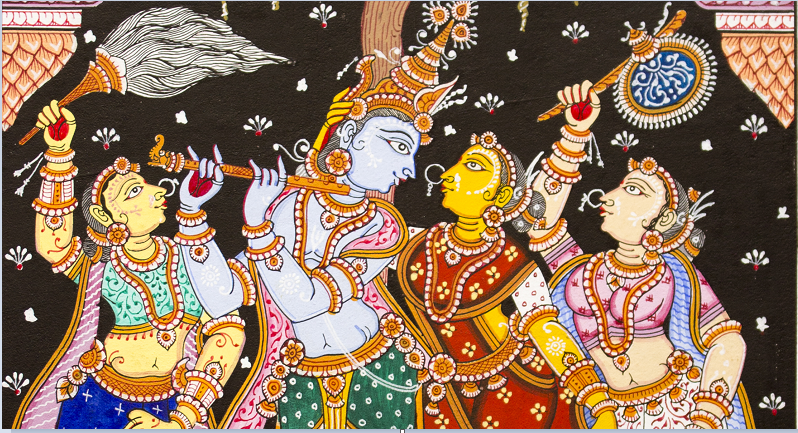
- Pattachitra, an art style of Odisha that is known to depict the Hindu deities on a piece of leaves instead of utilizing paper or canvas. Generally, artists draw aesthetic paintings on palm leaves.
- Another one is the Madhubani painting that got its birth in Bihar. Artists used to reflect the greats of Lord Krishna (another Hindu deity) through charming and impeccable paintings that depicted his life story.
So visit your nearest Indian art gallery and satiate your thirst for impeccable paintings. Thanks!














